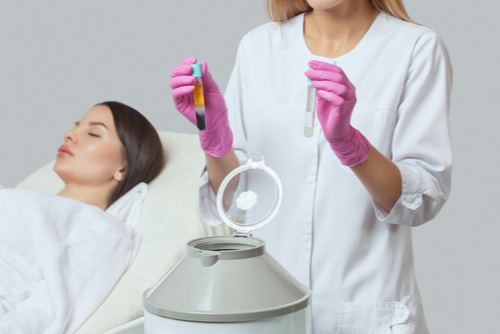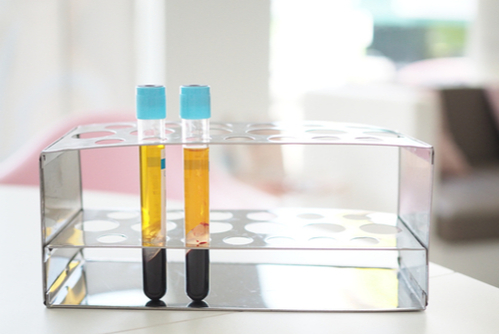
The use of platelet rich plasma in medical and cosmetic procedures is a fairly new practice. The term PRP was first coined in the 1970s and it was around a decade later that surgeons used it in maxillofacial procedures. Throughout the late 20th century, doctors also began using injected PRP to treat sports injuries. Even with these uses of PRP, it is understandable that patients may be wary about PRP, especially if they have never heard of it before. This leads to the common question, “Is PRP safe?”
Platelet rich plasma is considered safe. Since it comes from the patient’s own body, this vastly reduces the risk of allergic reaction or rejection seen with dermal fillers or other substances. This makes PRP a safer option for patients who may have allergies to dermal fillers or skincare products.
Additionally, when used as filler, PRP cuts the injection risk significantly. For example, one of the major risks associated with dermal filler injections is occlusion. This is when the filler is accidentally injected into a blood vessel or nerve. While rare, this can cause major complications if not treated immediately. If PRP is accidentally injected into a blood vessel or nerve, it is unlikely anything will happen.
Overall, platelet rich plasma is a safe way to treat hair loss, improve skin quality, and fill the under eyes. To schedule a consultation, call us at 206-279-2112. You can also contact us online through chat or contact form.



